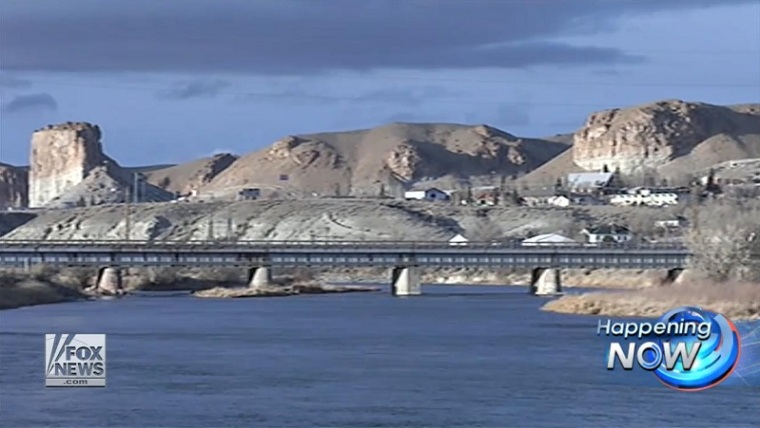Water wars not a movie sequel but a growing reality in the West

DENVER, Colorado (Christian Examiner) – Hollywood for nearly 100 years has shown in vivid detail the quest for water in the West.
Among the first was 1921's Three Word Brand, about battling ranchers.
But there have been many others since, including:
-- Gregory Peck in 1958 starred in The Big Country, about water rights for cattle ranching.
-- Clint Eastwood in 1985's Pale Rider faced off a ruthless landowner opposed to water-depleting gold-mining.
-- Kevin Costner in 1995's Waterworld, where control of water was a key plot element, according to an article by Peter Gleick, president of the Pacific Institute.
Films such as Batman Begins, Quantum of Solace and even the post-apocalyptic Book of Eli – all filmed in the 21st century—included a theme about the scarcity of water.
With a drought of historic proportions plaguing the West this decade, Colorado, which controls water usage for the Colorado River, has its version of a ranch owner with horse reins in one hand and a rifle held by the other, protecting a precious watering hole.
James Eklund is that man. He is the director of the Colorado Water Conservation Board and senior deputy legal counsel to Governor John Hickenlooper.
"States depend on water that originates here," Eklund told Fox News, January 28. "As a result, everybody watches us. If we twitch on water, everybody notices."
Although he insisted the state was not flexing its muscles, he nonetheless said it was moving forward on a new water plan.
Colorado, which straddles the Rocky Mountains, has been sharing its water with six other states, including the highly populated California, as part of a compact drafted in 1922. A part of Mexico also benefits from the Colorado River, although it was not a signee to the agreement.
Now, Colorado essentially is going to turn off the tap in order to reserve its liquid commodity for future needs in a state with a growing and more urban population than when it made the pact.
So, Arizona, New Mexico, Nevada, Utah and Wyoming stand to lose, along with the Golden State.
Last year, The Economist reported that because of declining flows in 2013 "the Federal Bureau of Reclamation (FBR), which oversees its use, cut the release of water from Lake Powell on the Arizona/Utah border to Lake Mead, America's largest reservoir. It has never done this before."
The drought has worsened still.
"Now, across California's vital agricultural belt, nervousness over the state's epic drought has given way to alarm," according to Joby Warrick in a Washington Post feature, also last year.
"Streams and lakes have long since shriveled up in many parts of the state, and now the aquifers—always a backup resource during the region's periodic droughts—are being pumped away at rates that scientists say are both historic and unsustainable."
So, just when it needs it most, California will not be getting Colorado's "extra" water.
If this were a movie, Walter Brennan would be sending out his sons at night to crawl through the sagebrush and raise the gate on the irrigation ditch.
But this is real life, and California leaders are looking at other options.
"There's a long-term deficit beyond just a short-term drought that we have to come to grips with," said Bill Hasencamp, Colorado River Program manager at the Metropolitan Water District in Los Angeles, which serves 19 million people, nearly half the total population of the seven states. "There's just not enough water in the Colorado River to meet the demands that were designed in the 1922 Compact," he told Fox News, also on Wednesdsay.
Douglas Kenney of the University of Colorado Law School said he predicts "a new era" of water management, according to The Economist.
One bit of good news: In the last 12 years, Las Vegas has cut consumption by one-third, while its population grew by 20 percent.